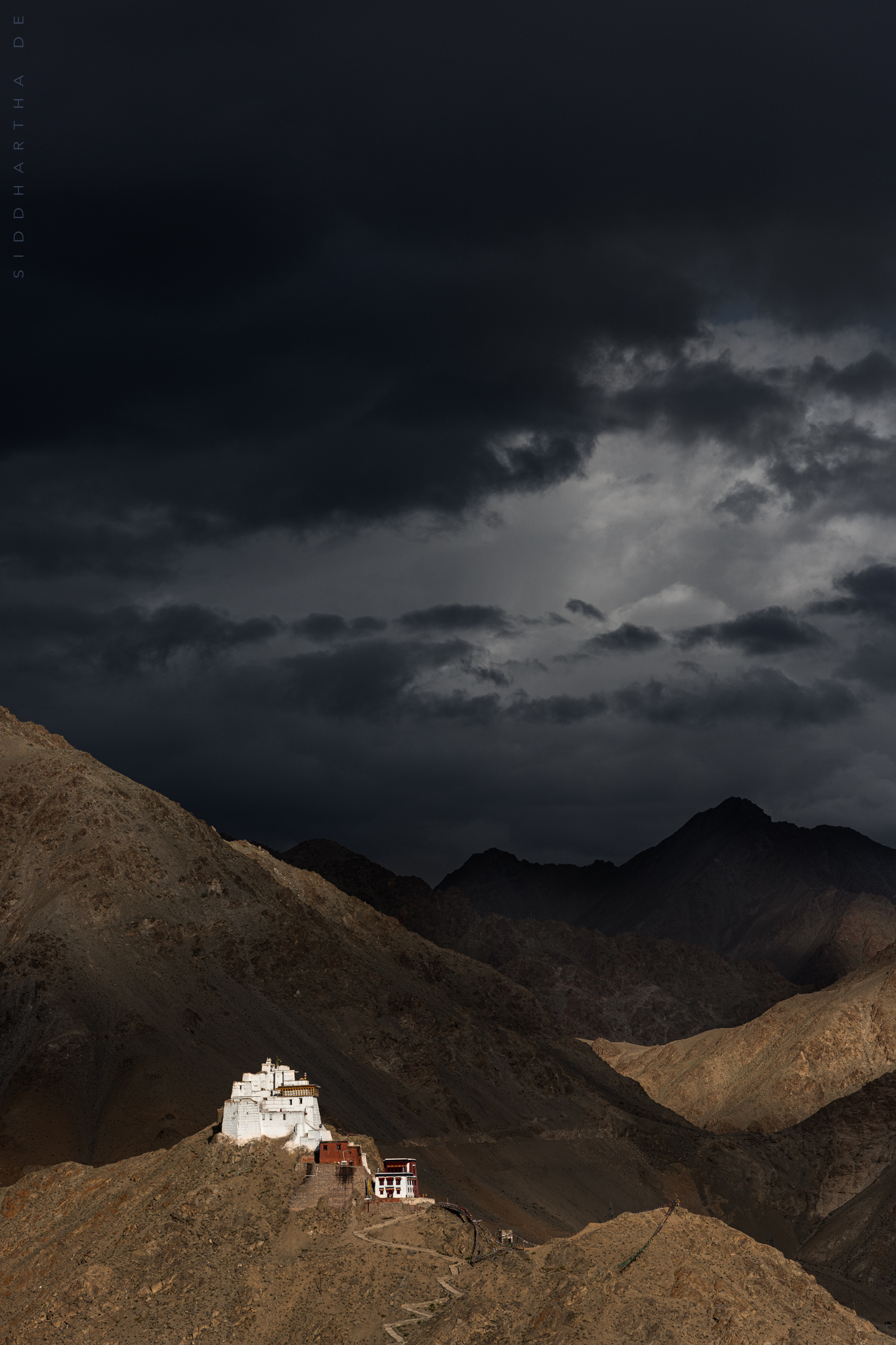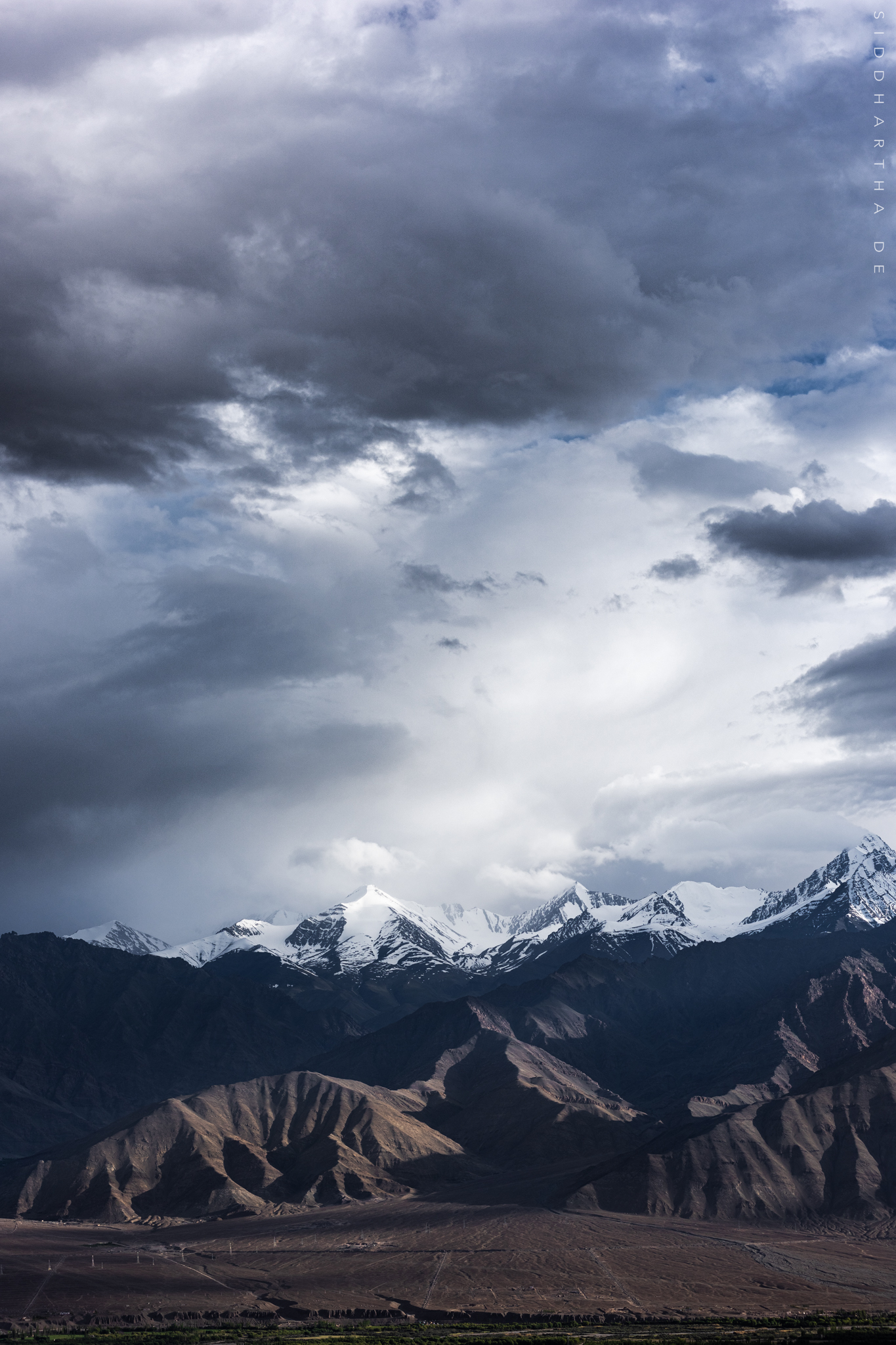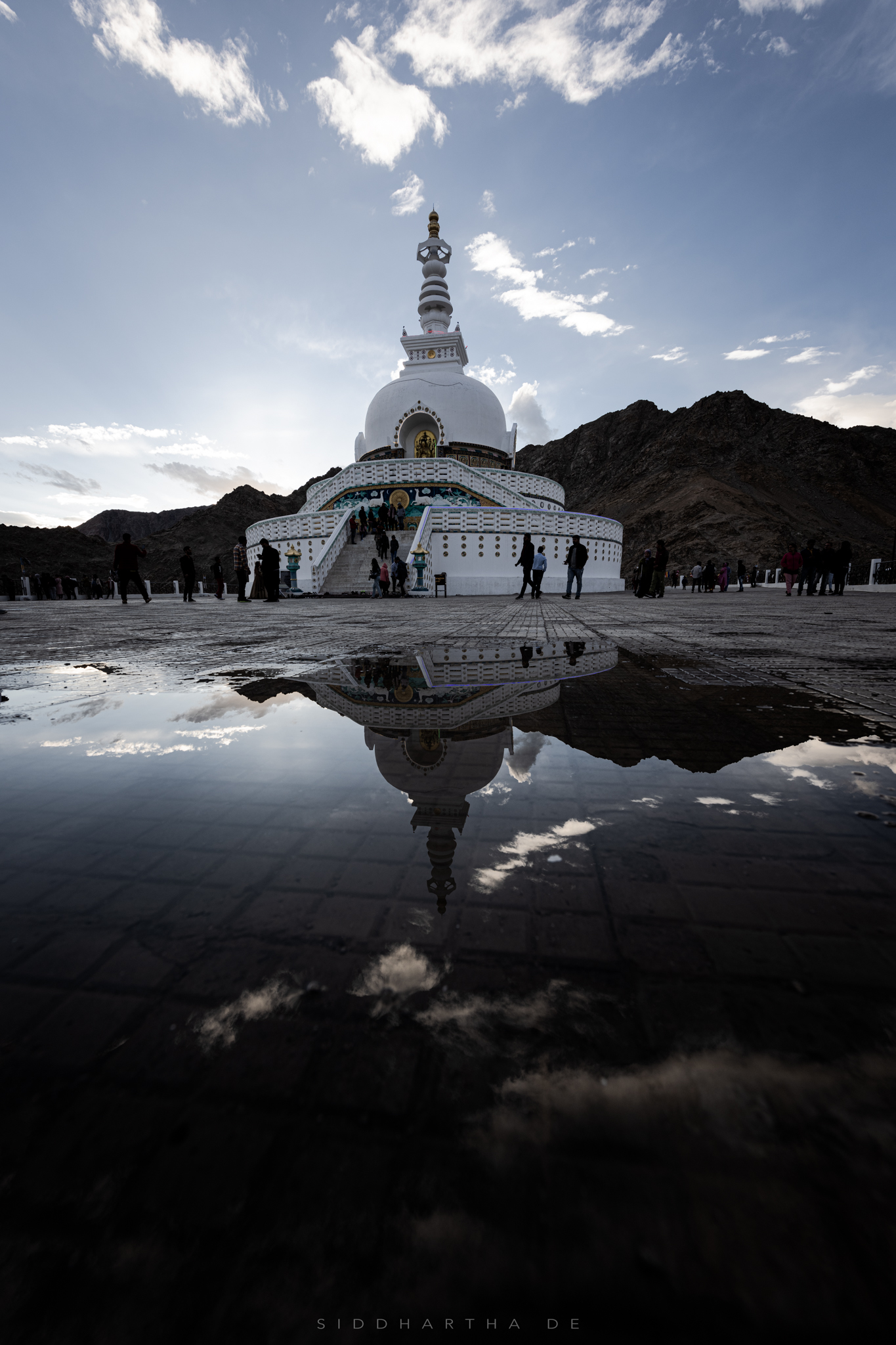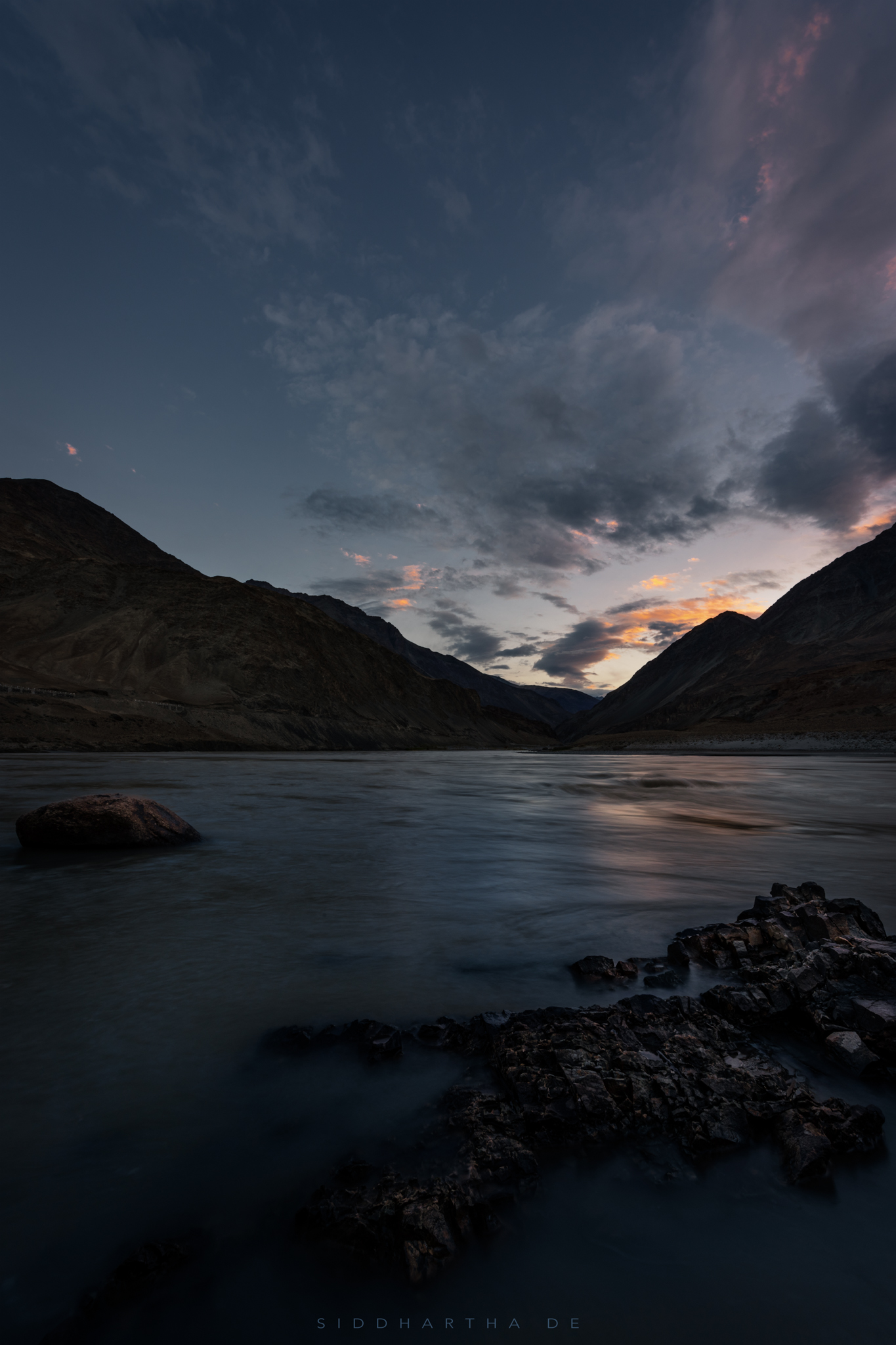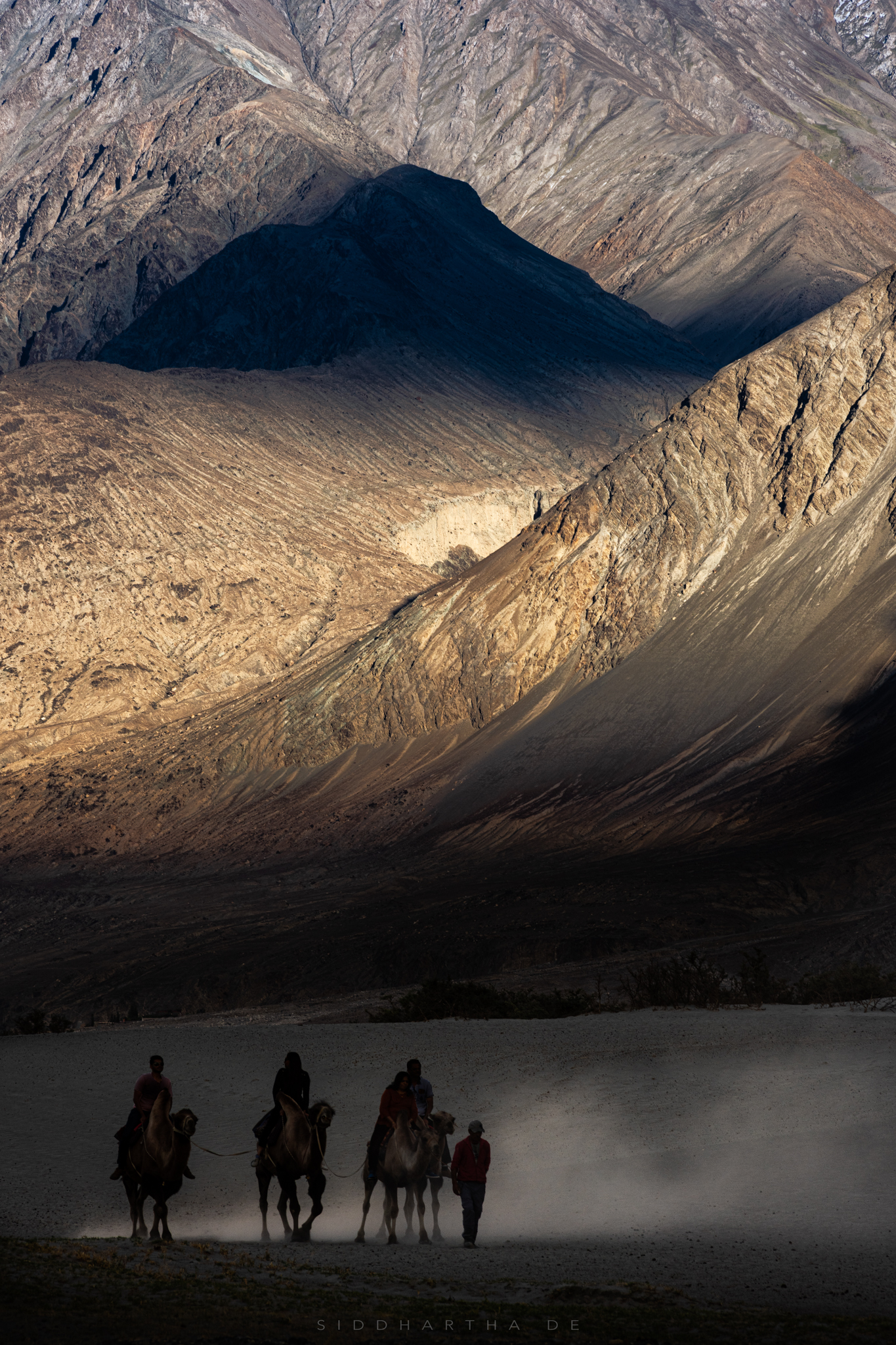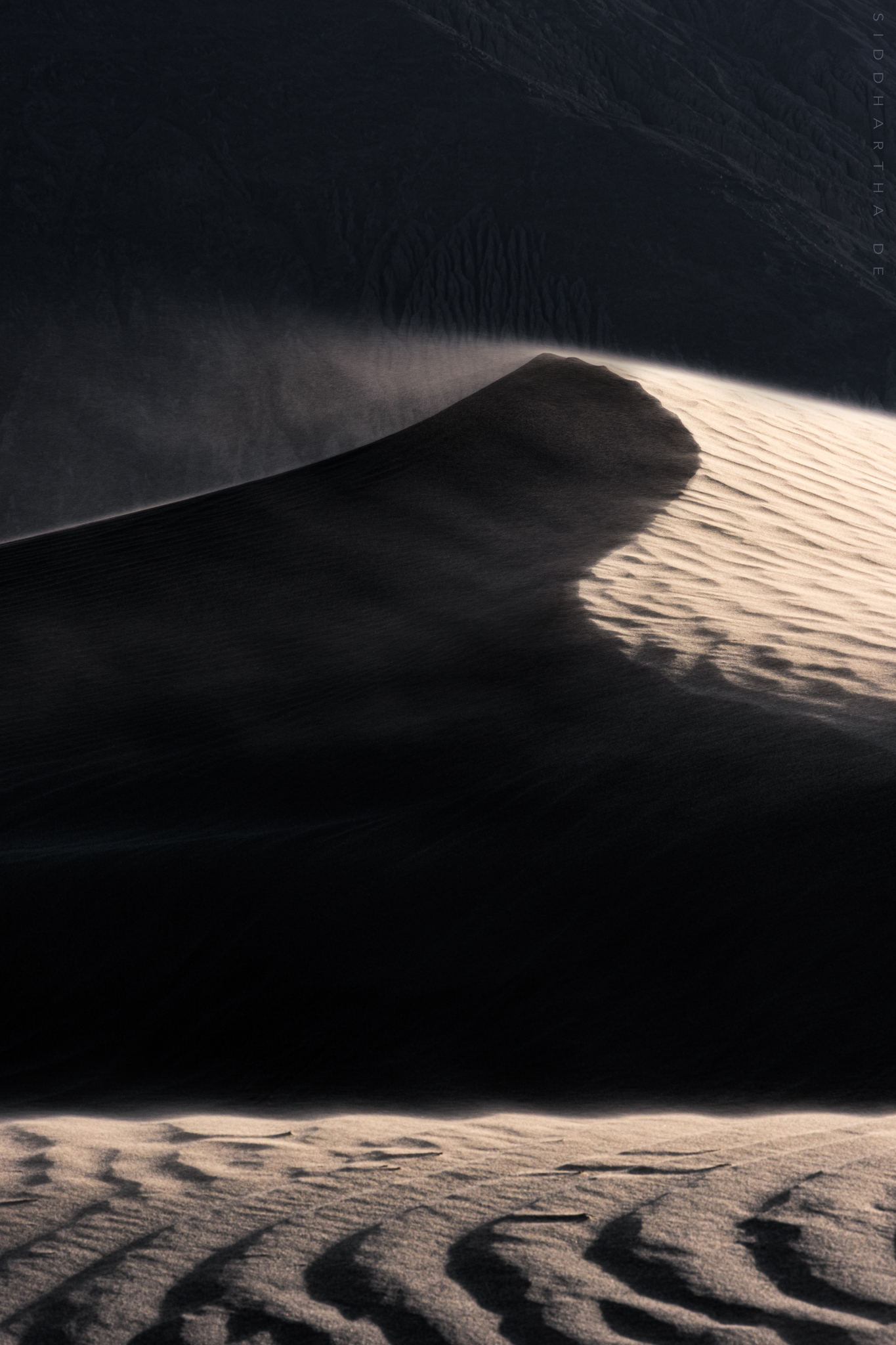Getting High, Getting Lehd (Part 1)
“I am not the same, having seen the moon shine on the other side of the world.”
My cameras have accompanied me to some truly fantastic places, and photographing those places has to count among the greatest joys in my life. There is something about looking at the world through a tiny viewfinder that opens my eyes and soul to new experiences. And when that viewfinder is pointed at some of the most breathtaking landscapes on the planet, my fingers numb with cold and my head swimming with altitude, I find the peace and rhythms that elude the city-dweller in me. Two years on from my last trip to these mountains, it’s Julleh again to the land of high passes.
I love flying into Ladakh early in the morning when the slanting rays of the sun hit the Himalayan peaks as you fly over them. I land in Leh (11,500 feet) under overcast skies and a steady drizzle. My cabbie, Ali, informs me that the previous few days had been clear and sunny but the weather seems to have turned. I’m not one for believing in omens, but… hmmm. We drive the short distance to the hotel where I wash up and start acclimating to the high altitude – and higher altitudes to come. I meet the others who are taking the journey with me and find that my companion and roommate for the rest of the trip is a fellow Bangalore denizen, as weary as I am of the traffic jams and mayhem of the city we call home. I open the window of my hotel room and see a yak outside, basking in the feeble sunshine, and atop a hill right above it, the white edifice of Shanti Stupa looking down onto the town below. I’ve arrived! I’m in Ladakh again, the rooftop of India, and I can’t wait to see what the next few days have in store for me! I have to admit that the title of this post is by no means original. You find ‘Getting Lehd’ t-shirts all over Leh market.
I’ve arrived! I’m in Ladakh again, the rooftop of India, and I can’t wait to see what the next few days have in store for me!
We spend the next day or two visiting and photographing some of the temples and monasteries near Leh – Shanti Stupa, Hemis, Thiksey, Namgyal Tsemo and Stakna. At Shanti Stupa we encounter both stupendous skies and a silly pre-wedding shoot that interrupts proceedings for a while. On the way to Hemis, we stop along the banks of the Indus as it snakes rather innocuously through the valley, giving absolutely no indication of the raging, mighty river it transforms into as it winds its way down to the plains. It flows quietly and solitarily from its origins near Mansarovar in Tibet before arriving in India where it joins the Shyok and Zanskar rivers in Ladakh, and later on, the Panjnad, the five big rivers of the Punjab, before continuing onward, engorged and swollen, into Pakistan and down to the Arabian Sea. In many ways the Indus is like India itself – it absorbs whatever comes its way and makes it its own. We spend more time at Hemis than we should, leaving less time for shooting at Thiksey, which, in my opinion, is by some distance the more impressive of the two monasteries. We drive down to the confluence of the Indus and Zanskar for a bit of sunset photography. Low, grey clouds threaten to spoil the evening for us. Except for a tinge of orange over the mountain, we get no sunset colours. I make the most of whatever I can and move on.
The next day we set out for Nubra Valley over the Khardung-la pass. There is some debate about whether this is the highest motorable road in the world (or indeed about what constitutes a motorable road), but at altitudes exceeding 18,000 feet it’s high enough for me and I’m not going to argue. The road to Nubra carries on further to Siachen, that legendary and inhospitable Army outpost on the border of India, Pakistan and China that is the ultimate test of endurance for an Indian soldier. Nubra lies in a rain shadow to the north of Khardung-la, and the difference is immediately obvious. Where green river valleys abound on the southern slopes, the north is arid and harsh. The Shyok river does flow through this valley, but it’s a strip of silver in a bed of sand and rock, the landscape resembling Mars more than any place on Earth. On a trip to Dubai a few years ago, I had wanted to photograph sand dunes and camels in the surrounding desert, but it seemed like the whole of the UAE was barbed wire and halogen street lights. Perhaps this high desert in the Himalaya will provide the chance that the Arabian desert denied me.
All along the roads in Ladakh we encounter groups of bikers taming the mountains on their Enfields. Royal Enfield rules the Himalaya, and except for a half-dozen or so KTMs and Dominars, I see no other make of motorcycle here. The Triumphs and Harleys that command one’s attention in the cities have no place in these mountains. The new kid on the block, the appropriately named Royal Enfield Himalayan, is made for – and entirely at home in – this terrain, outnumbering its older stablemates, the Bullet and the Thunderbird. I see more Himalayans here in 2 days than I’ve seen on the streets of Bangalore in 2 years. And as a proud Himalayan owner myself, I find myself thinking about combining a photography tour with a biking trip on my next visit here.
The highlight of my stay in Nubra Valley, by far, is dawn and dusk amongst the dunes. I have never experienced anything like it. Camels pad along over the sand with snow-capped peaks behind them. The wind whips the sand and dust up around their feet and over the dunes creating halos and whirling eddies that are difficult to capture on camera but enormously rewarding when one gets it right. These double-humped Bactrian camels are descendants of those that plied the old Silk Road centuries ago, carrying silk from China to the Mediterranean. The play of light and shadow as the sun peeps in and out between the clouds and towering peaks adds to the drama of this incredible place and I feel this wonderful sense of peace and contentment that one feels when one is exactly where one wants to be, doing what one wants to do.
The play of light and shadow as the sun peeps in and out between the clouds and towering peaks adds to the drama of this incredible place and I feel this wonderful sense of peace and contentment that one feels when one is exactly where one wants to be, doing what one wants to do.
We retire to our hotel, exhausted and hungry, but exhilarated at the same time. We talk about the things we’ve seen and the pictures we’ve taken. About people we’ve met and other faraway places we’ve travelled to. Someone opens a bottle of whisky, and the banter continues on into the night in excited anticipation of the photographic opportunities to come that this magical land provides to all who take the trouble to travel here and seek them.
Stay tuned for Part 2.



